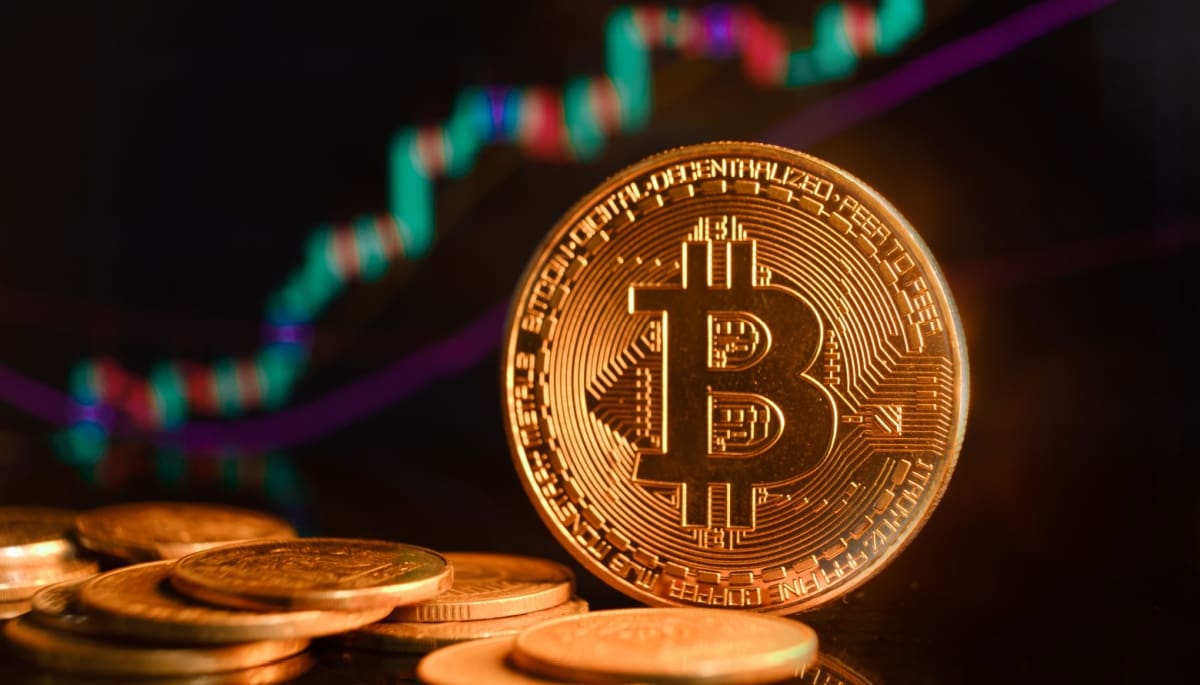Arthur Hayes Predicts Major Bitcoin Rally Driven by Bank of Japan Policy

The global financial markets, particularly cryptocurrency traders, are keenly anticipating the Bank of Japan's (BOJ) monetary policy meeting scheduled for June 16–17. Arthur Hayes, co-founder of BitMEX, has highlighted the potential for a significant market shake-up, suggesting that a dovish shift by the BOJ could send risk assets, including Bitcoin, soaring. Hayes, a prominent voice in crypto known for his macro-driven analyses, believes that if the BOJ delays its quantitative tightening (QT) measures or reintroduces selective quantitative easing (QE), it could be a major catalyst.
Currently, the BOJ is engaged in quantitative tightening, having decided on July 31, 2024, to cut its government bond purchases by 400 billion yen per quarter, a policy that commenced in August 2024. The upcoming June meeting is set to review the efficacy of this approach. Reports from unnamed sources suggest some BOJ officials are considering slowing these cuts further, possibly reducing bond purchases by 200 billion yen per quarter starting in April 2027. This indicates a cautious stance, potentially in response to weakening domestic economic data. Hayes specifically tweeted on June 10, 2025: "If the BOJ delays QT, and restarts selected QE at its June meeting risk assets are going to fly. LFG $BTC".
Bitcoin has already shown sensitivity to Japan's financial situation. For instance, Bitcoin reached a high of $112,000 on May 22, 2025, just two days after Japan’s 30-year bond yield surged to 3.185% on May 20, 2025. This yield spike was interpreted by traders as a warning sign about Japan's substantial debt load, leading some large investors to view Bitcoin as a safe haven free from government default risk. André Dragosch of Bitwise Europe echoed this sentiment, suggesting that continuously rising yields could propel Bitcoin towards $200,000, emphasizing its decentralized nature as a key advantage. As of today, the market cap of cryptocurrencies stood at $3.38 trillion.
The Bank of Japan's monetary policy stands in stark contrast to that of other major central banks like the U.S. Federal Reserve and the European Central Bank, which have largely pursued monetary tightening to combat inflation. For years, the BOJ has maintained ultra-low interest rates and implemented extensive asset purchase programs (QE) to stimulate its economy and counter deflation. This divergence makes any BOJ policy shift particularly significant for global liquidity.
Quantitative Easing, by its nature, injects liquidity into the financial system. When a central bank purchases government bonds or other assets, it increases the money supply and aims to lower borrowing costs, thereby encouraging lending and investment. A common consequence of sustained QE is the creation of excess global liquidity, which often seeks higher returns in riskier assets. Hayes posits that if the BOJ not only halts any tightening but perhaps expands QE, this fresh injection of yen could flow into assets like Bitcoin, especially as other central banks are withdrawing liquidity.
Bitcoin is increasingly viewed as a prime beneficiary in such scenarios. Its characteristics as a decentralized, hard-capped asset make it an attractive hedge against monetary inflation, currency debasement, and systemic financial risks. When traditional safe havens like government bonds become volatile or raise default concerns, the appeal of Bitcoin strengthens. The narrative of 'digital gold' gains traction, attracting both institutional and retail investors seeking to preserve capital or find uncorrelated returns.
Several broader macroeconomic forces amplify the potential impact of the BOJ's decision. These include the overall state of global liquidity, where the BOJ acts as a significant outlier; rising bond yields, which can signal economic stress or make alternative hedges more appealing; and increasing concerns about sovereign or corporate defaults, pushing investors towards assets perceived to be outside the traditional financial system's counterparty risks.
Market participants will scrutinize the BOJ's post-meeting statement for specific language, such as phrases like "flexible approach" or indications that the bank might act again if economic conditions warrant. Any changes to how much the BOJ allows longer-term yields to fluctuate will also be critical, as more leeway on the yield curve could be interpreted as a subtle form of easing. A surprising dovish turn could inject substantial yen into global markets, potentially fueling a rally in Bitcoin and other risk assets. Conversely, if the BOJ only moderates its tightening pace, the effect might be more subdued.
While Arthur Hayes' thesis of a BOJ-triggered Bitcoin surge is compelling, several factors could influence the outcome. The BOJ might, contrary to expectations, signal a move towards tightening. Other global macroeconomic headwinds, such as recession fears or regulatory developments, could also overshadow the BOJ's actions. Furthermore, the crypto market has its own internal dynamics. Nevertheless, the Bank of Japan's June 16–17 meeting is a pivotal event, with its decision holding the potential to significantly impact global markets and the trajectory of cryptocurrencies.










